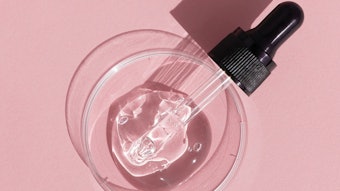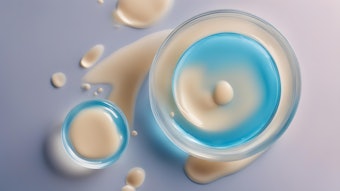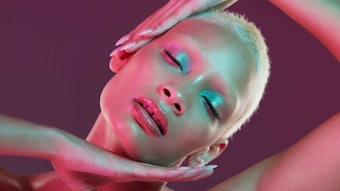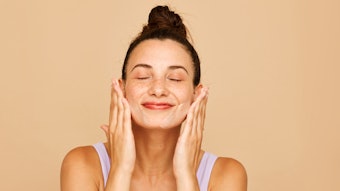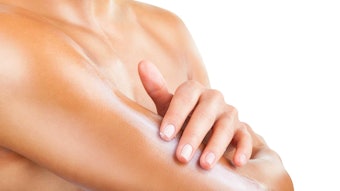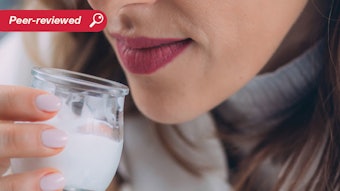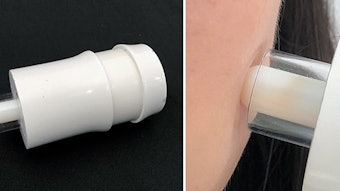
Read the full article in the October 2021 digital edition. . .
According to Mintel, 11% of fragrance launches in the Americas between September 2019 and 2020 promoted aromatherapeutic benefits. Such claims will continue as strong drivers for innovation in the coming years. This highlights an opportunity to leverage scent for its wellness merits—along with the need for perfumery brands to closely connect fragrance with positive emotional responses in consumers.1 The present study seeks to achieve both by evaluating the physiological effects of fragrances in relation to the emotions they evoke in a group of Latin American panelists.
Fragrance Experience and Physical Response
Fragrances promote emotions that physiologically reduce stress, improve working capacity and contribute the holistic benefits of a positive mood.2 Humans perceive volatile fragrance chemicals through the olfactory system, where approximately 300 active receptor genes are devoted to detecting thousands of different fragrance molecules with diverse protein sequences. Once detected, guanine nucleotide binding protein (G protein) coupled receptors (GPCR) are activated and electrical signals are generated. Subsequently, the electrical signals are transmitted to the brain by olfactory sensory neurons via the olfactory bulb and higher olfactory cortex.2
There is a strong link between emotion and olfaction. This assumption is supported by close anatomical connections between emotion processing regions and the olfactory system.3 Scent-related information is transmitted to the brain and subsequently, the specific emotion is decided;4 thus, odors can modulate emotion and mood.5
Emotions are human states that have measurable behavioral, cognitive and physiological consequences. Paul Ekman, in 1970, defined six basic emotions: anger, disgust, fear, joy, sadness and surprise.6 In 1980, psychologist Robert Plutchik introduced a classification model known as the “wheel of emotions,” which interestingly shows how emotions can be combined with each other.7
An emotion is a complex psychological state that includes an experience, a physiological response and a behavioral or expressive response. This response has two stages: a sensory-motor primary response that is beneath conscious awareness, and a secondary process of awareness of one’s emotional experience.8 The experience of interacting with a perfume and resulting physiological response is where neuroscience can quantify the expressive response to said stimulus—i.e., quantify the effect of the fragrance.
Quantifying Emotional Responses
In recent years, neuroscience techniques such as electroencephalography (EEG) have been used to perform quantitative and objective in-use testing of cosmetic products.9 By correlating odor with brain wave, heart rate and skin conductance measurements, the effects of fragrance on mood and preference can be determined.3, 9 For example, there is a positive correlation between arousal and skin conductance; the more arousing the fragrance—positive or negative, the higher the amplitude of the skin conductance response. On the other hand, the more unpleasant the odor, the higher the heart rate. These connections make it possible to classify fragrances based on the emotions generated.3
Additionally, Positive Comparison Patterns (PCPs), or biometric patterns that emerge pairing given scents with emotional responses, can be incorporated. For instance, consider how eating chocolate brings happiness to some people. Analyzing the implicit responses of those people eating chocolate can therefore provide a point of reference for the emotion of happiness. These biometrics can then be compared with those of users interacting with a test product to determine whether the product elicits a sense of happiness in the user. PCPs are identified according to bibliographic support and reported common uses in aromatherapy and aromachology.
The present work compared reference PCPs with the emotional responses elicited by five different fragrance compositions in a group of Latin American panelists. The goal of the study was to determinate how specific compositions could influence consumer emotions.
The fragrances were formulated with olfactory notes to stimulate joy, energy and relaxation. Emotions were characterized based on physiological reactions, taking into account valence and arousal measurements as determined by EEG, heart rate and skin conductance. In addition, measurements were correlated with in-depth qualitative interviews.
Materials and Methods
Panelists: Forty-five healthy female Colombian participants from Bogotá were recruited. Subjects fell within an age range of 25-45 years; were of a medium to medium-high socioeconomic status; were regular users of fine fragrances; and did not exhibit any olfactory diseases. They also did not previously present with chronic allergies, deviations in the septum or flu. All subjects gave written consent and experiments were performed in accordance with approved guidelines, regulations and biosafety protocols.
. . .Read more in the October 2021 digital edition. . .
References
- Di Gesou, R. (2020, Oct). A year of innovation in fragrances, 2020. Mintel Global Report.
- Sowndharajan, K. and Kim S. (2016). Influence of fragrances on human psychophysiological activity: With special reference to human electroencephalographic response. Sci Pharm 84 724-751.
- Bestgen, A.K., Schulze, P. and Kuchinke, L. (2015). Odor emotional quality predicts odor indentification. Chemical Senses vol 40, 517-523.
- Verhagen, J.V. and Engelen, L. (2006). The neurocognitive bases of human multimodal food perception: Sensory integration. Neurosci Biobehav Rev 30(5).
- Kadohisa, M. (2013). Effects of odor on emotion, with implications. Front Syst Neurosci 7:66.
- Ekman, P. (1970). Universal facial expressions of emotion. California Mental Health Research Digest vol 8(4).
- Plutchik, R. (982). A psychoevolutionary theory of emotions. Social Science Information 21, issue 4-5.
- Churchill, A. and Behan, J. (2010) Comparison of methods used to study consumer emotions associated with fragrance. Food Quality and Preference 21 1108-1113.
- Park, K.H., Kim H.J., Oh, B., Seo, M., Lee, E. and Ha, J. (2019). Evaluation of human electroencephalogram change for sensory effects of fragrance. Skin Res Technol 25 526-531.



